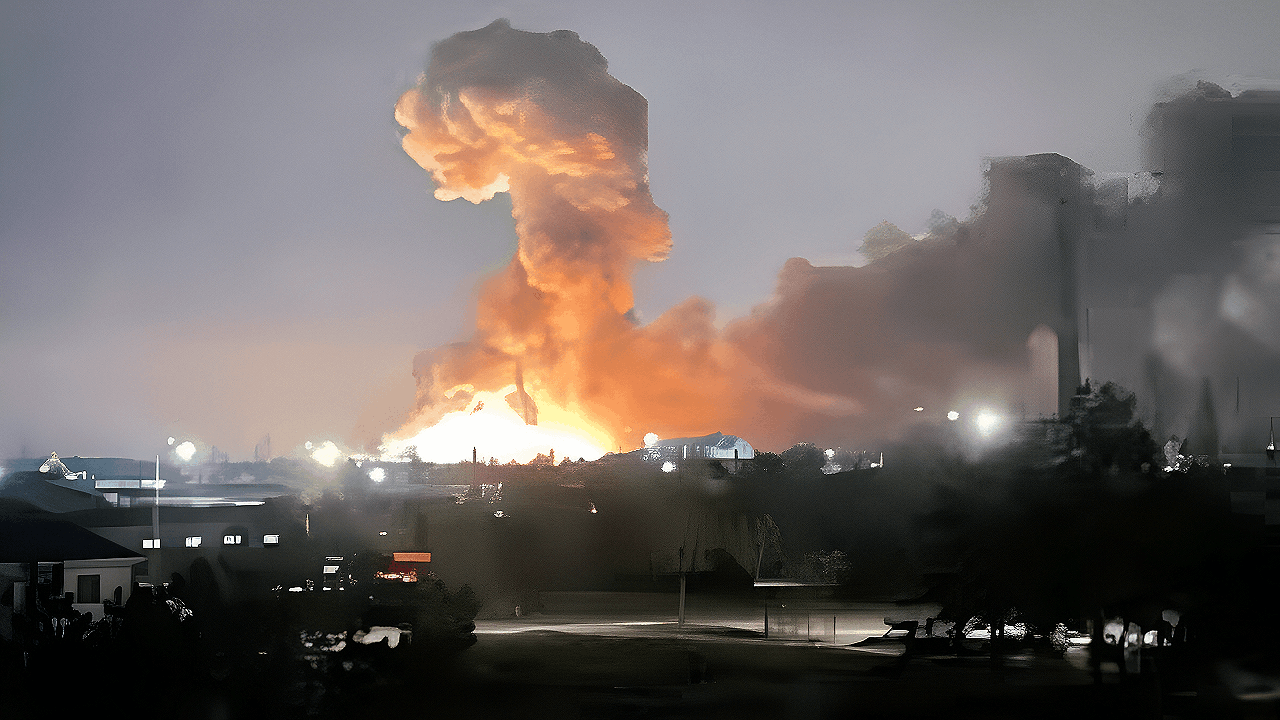
On September 21, 2025, two Russian Beriev Be-12 amphibious aircraft, each valued at $20 million, were destroyed in a historic Ukrainian strike at Kacha airbase in occupied Crimea. This incident marked the first combat loss of the Be-12 in its 65-year operational history, illustrating a significant breach in Russian military capabilities.
The attack was carried out by Ukraine’s elite “Phantoms” special unit. As these aircraft had never faced combat loss before, the event has not only financial implications but also resonates deeply within Russian military doctrine, dramatically reducing its maritime patrol capabilities in a geopolitically vital region.
Strategic Blow

The destruction of the two Be-12s eliminated approximately one-third of Russia’s remaining operational fleet of this aircraft, leaving it critically limited. With only a handful of Be-12s still in service, the loss represents more than just monetary damage; it strikes at the core of Russia’s strategic maritime defenses.
The Be-12 has long been a key asset for monitoring and securing the Black Sea. The sudden reduction in available aircraft hampers Russia’s ability to patrol effectively, potentially allowing Ukrainian naval forces greater freedom of movement in an increasingly contested geopolitical landscape.
Cold War Origins
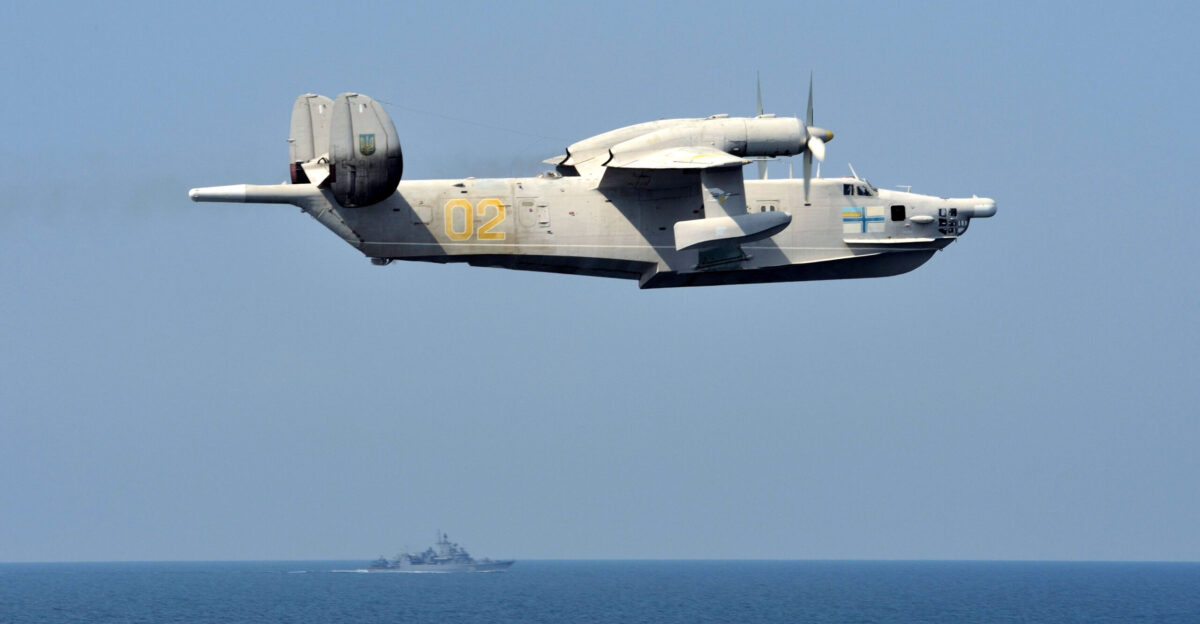
Designed during the height of the Cold War, the Beriev Be-12 “Chaika” first flew in 1960 as an anti-submarine warfare and maritime patrol platform. Over 150 units were produced and became vital components of Soviet and later Russian naval aviation, serving primarily due to their unique amphibious capabilities, which allowed operations from both land and water.
This aircraft has weathered decades of change but has recently become an aging relic. The loss of two Be-12s in one strike significantly disrupts the operational legacy of this long-serving craft, which has been the backbone of the Russian Navy’s aviation.
Aging Fleet
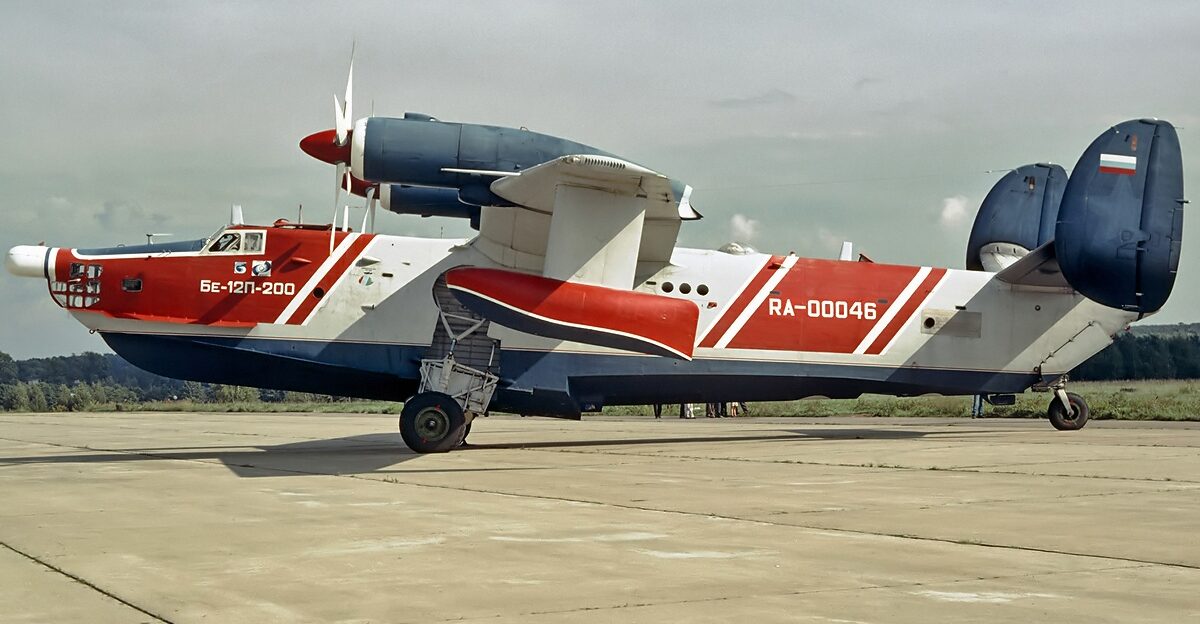
Due to sanctions and supply chain constraints, Russia has been unable to modernize its aging fleet of Be-12 aircraft. Production ceased in 1973, and without viable replacements available, the Russian Navy had to depend on these old platforms, making their operational integrity vital.
The Be-12’s efficiency, once paramount in Cold War engagements, has diminished over the years, leading to reliance on increasingly outdated technology. The attack that destroyed two of these aircraft highlights not only the financial repercussions but also emphasizes the vulnerabilities in an aging fleet that is increasingly at risk from potential adversaries actively seeking to exploit these weaknesses.
Historic Strike

The Ukrainian “Phantoms” unit executed a kamikaze drone strike at Kacha airbase on September 21, 2025, successfully destroying two Be-12s. This surprising and bold attack marked a momentous milestone: the first combat loss of the Be-12 in its 65-year history, a claim supported by both Ukrainian and international observers.
The significance of this event reverberates internationally, leaving a powerful impact on military strategists and historians alike. The precision of the strike demonstrates evolving tactics in modern warfare, contributing to a previously stable equation in the Black Sea region, and casting doubt on Russia’s air defense capabilities.
Black Sea Impact
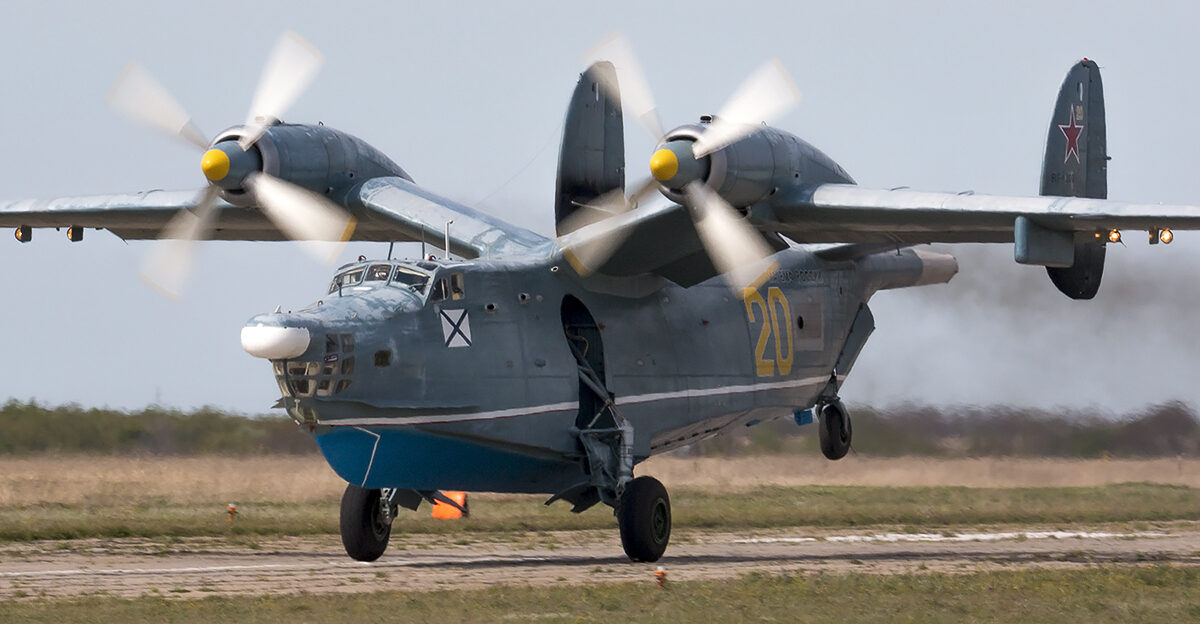
With the loss of these Be-12s, the repercussions extend far beyond the number of aircraft. Russia’s Black Sea Fleet finds itself in a precarious position; fewer patrol capabilities directly affect its ability to detect submarines and monitor maritime traffic. These gaps could shift the balance of power in the region, potentially emboldening Ukrainian naval operations as they gain newfound operational space.
Russian military analysts warn of increased vulnerability in maritime defense, compelling the navy to reconsider their strategic approach to securing these vital international waters amid heightened tensions and ongoing conflict.
Human Cost
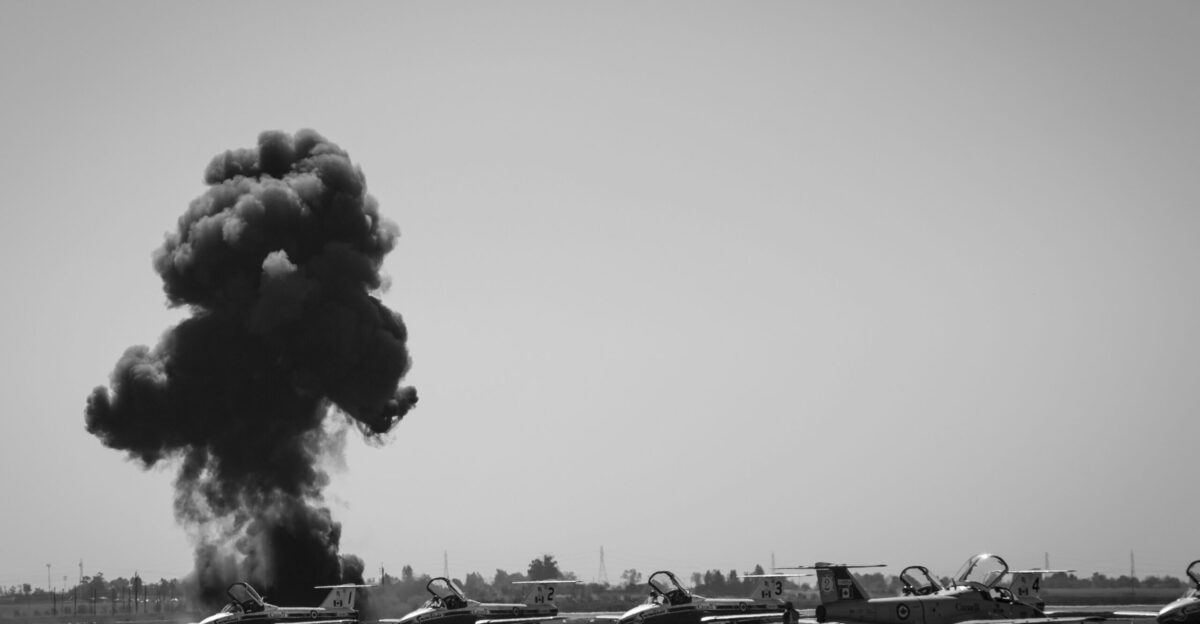
Although no casualties were reported among the aircrew during the strike, the psychological impact on Russian military personnel stationed at the base is profound. “This is the first time a Be-12 has been hit in history,” revealed a Ukrainian intelligence source to Ukrainska Pravda, accentuating the shock this event has introduced to Russian forces.
The loss of aircraft that personnel have long viewed as integral to their operations has left many with doubts about their military’s capability to defend against unconventional warfare tactics, raising concerns about morale and readiness within the ranks.
Replacement Gap
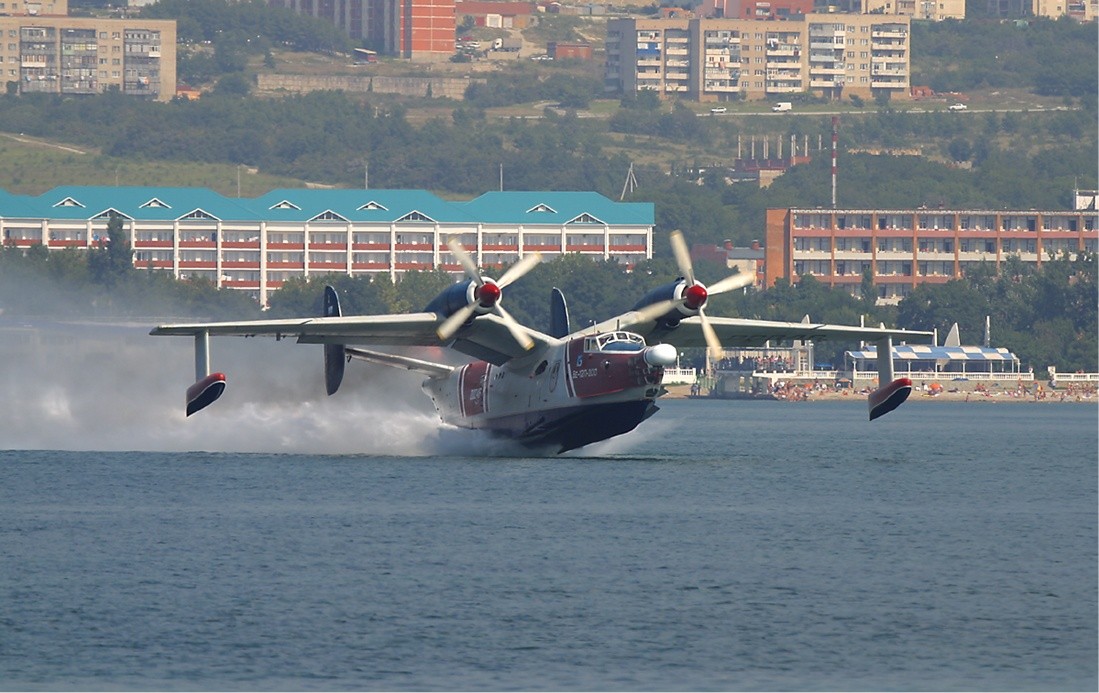
Russia’s inability to procure modern replacements for the Be-12 is mainly due to international sanctions and technological isolation. While Western navies have progressively updated their fleets with advanced surveillance aircraft, Russia’s maritime patrol capabilities are deteriorating due to a growing equipment gap.
The scenario highlights an alarming trend in Russia’s operational readiness: an insufficient fleet of legacy aircraft that is unable to meet contemporary challenges. As Russia grapples with maintaining its maritime defenses, the absence of a well-equipped fleet increasingly jeopardizes its standing in a fraught geopolitical environment.
Global Context

The global landscape for amphibious patrol aircraft is shifting, and platforms like the Be-12 are becoming increasingly rare as nations modernize their forces and retire older models in favor of more capable jets.
This trend highlights not only a growing technological divide but also Russia’s resource constraints, making its persistent use of the Be-12 a reflection of necessity rather than choice. The continued operation of such outdated equipment highlights the unique demands and evolving operational landscape in the Black Sea, where modern warfare continues to grow rapidly.
Collateral Damage
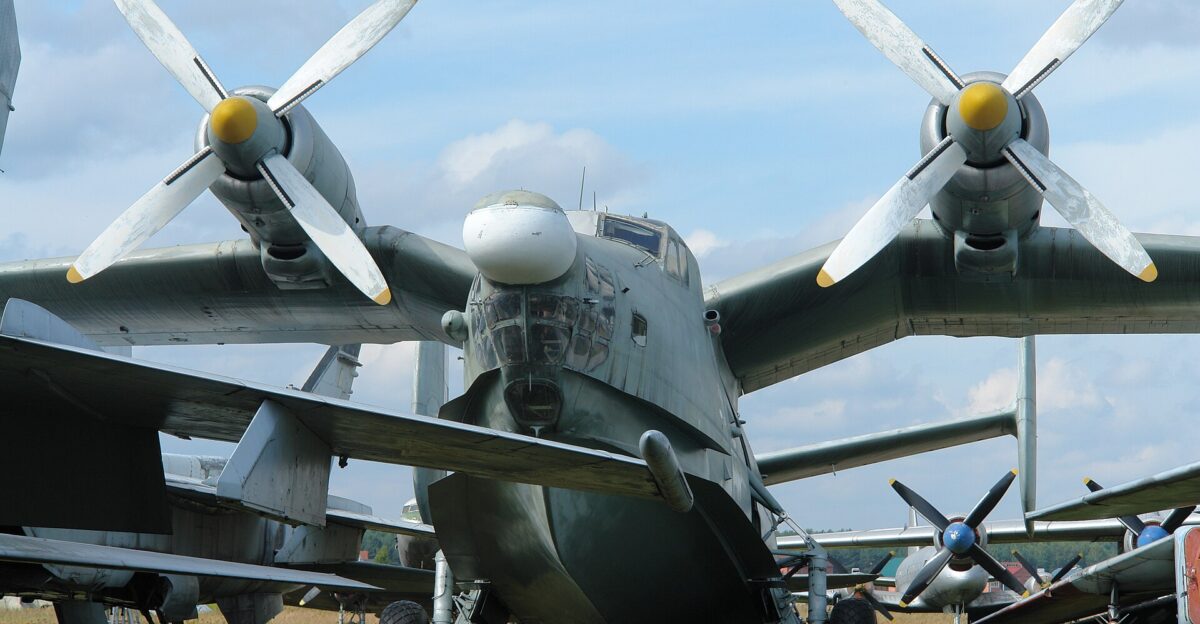
The precision strike that claimed the two Be-12s also resulted in damage to a Russian Mi-8 helicopter, indicating broader implications for infrastructure at Kacha airbase. Reports suggest the strike aimed at additional assets, showcasing a systematic attack designed to weaken Russian military capabilities in Crimea.
This strategy compounds the impact of losing two Be-12s, further straining local defenses. Such targeted actions not only dismantle vital infrastructure but also sow discord among Russian forces, highlighting the tactical acumen of Ukrainian operations in the region.
Internal Frustration
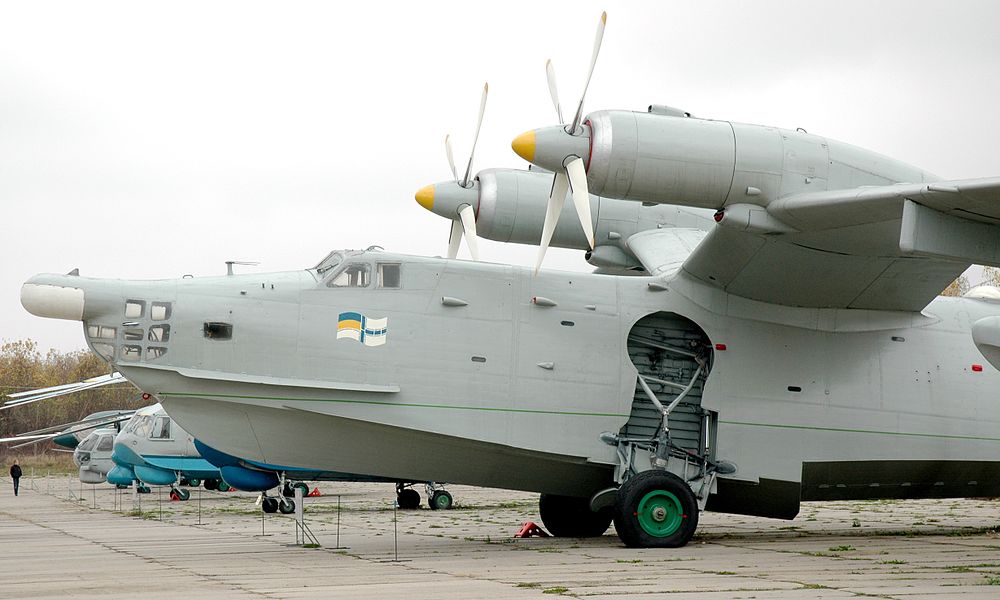
The loss of high-value assets, such as the Be-12s, has led to increasing frustration within the Russian military leadership. High-profile strikes against legacy aircraft have spurred internal debates regarding resource allocation, airbase security, and military strategy.
A senior Russian officer, speaking anonymously, stated, “The loss of two Be-12s has shaken confidence in our current defenses.” This growing dissatisfaction reflects broader concerns about the strategic decisions made in response to evolving threats, suggesting that a potential reevaluation of defense strategies may soon take shape amid a climate of tension and uncertainty.
Command Shakeup
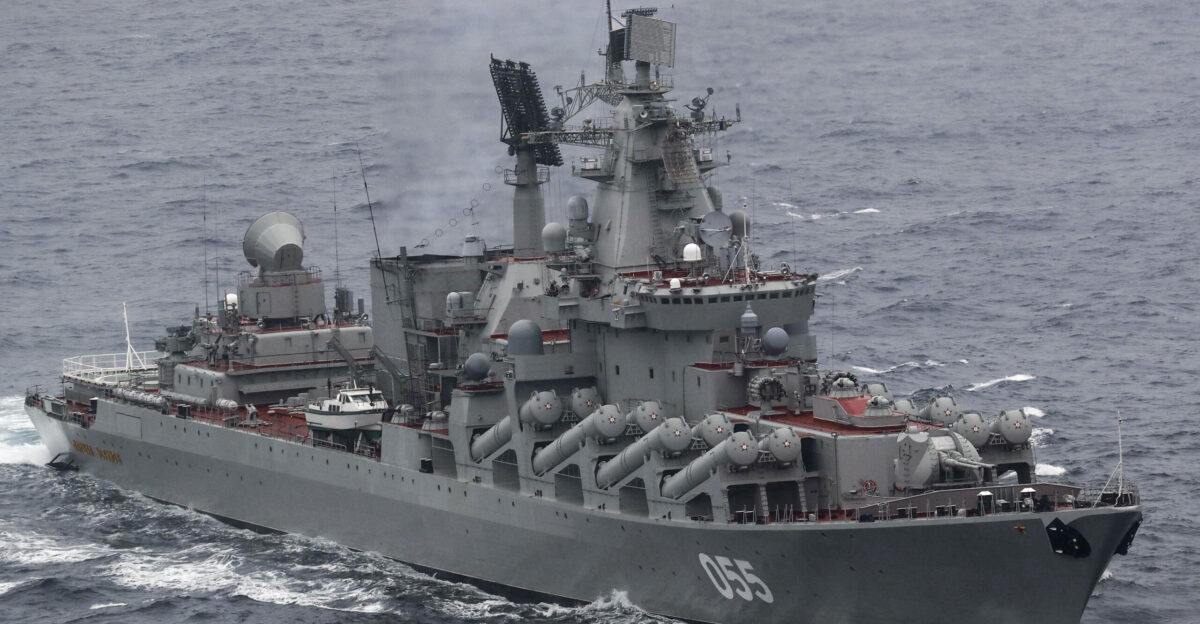
In direct response to these significant setbacks, the Russian Navy has begun a command shakeup involving the reassignment of senior officers overseeing Black Sea air operations. This strategic realignment reflects mounting pressures faced by military leaders to adapt to a rapidly changing operational environment and restore morale among troops.
Analysts suggest that such measures are indicative of broader issues plaguing the Russian military’s approach to challenges in Crimea. The reorganization aims to restore confidence and efficacy amid evolving battlefield dynamics and Ukrainian advances.
Recovery Efforts
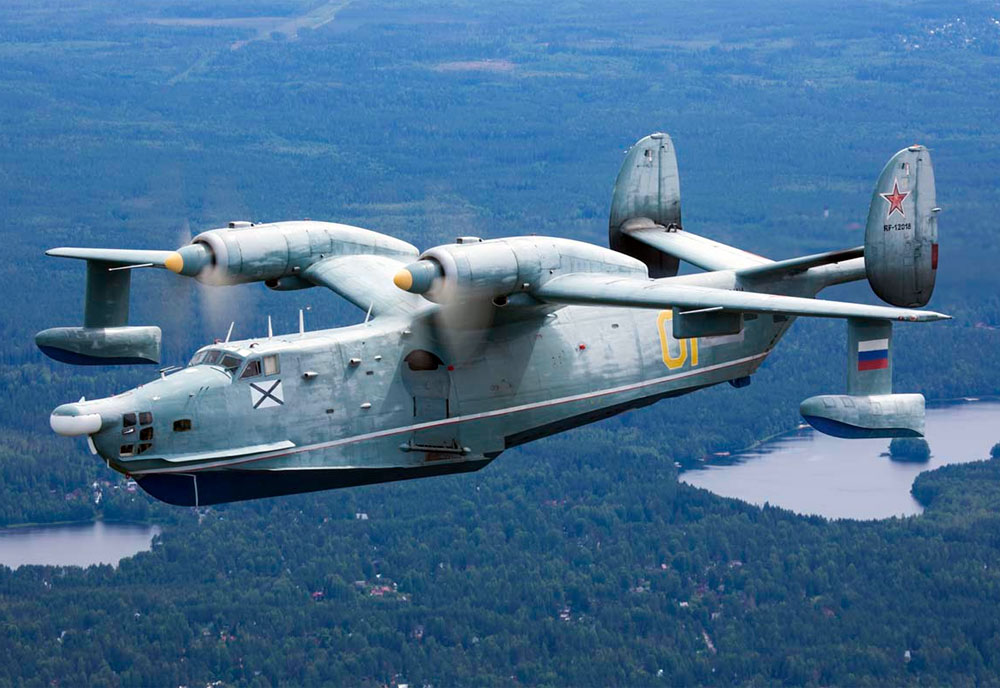
Efforts are now underway to salvage usable components from the downed Be-12s, reflecting the urgency of reinforcing remaining operational assets. However, with spare parts becoming increasingly scarce and reliance on outdated technology, recovery efforts are hindered by these constraints.
A Russian Navy technician shared, “We are limited to patchwork repairs and scavenging components, which is not a sustainable long-term solution.” Such limited recovery efforts underscore the extent of the operational challenges facing the Russian military, highlighting the growing struggles to maintain an effective naval presence in the Black Sea.
Expert Doubts
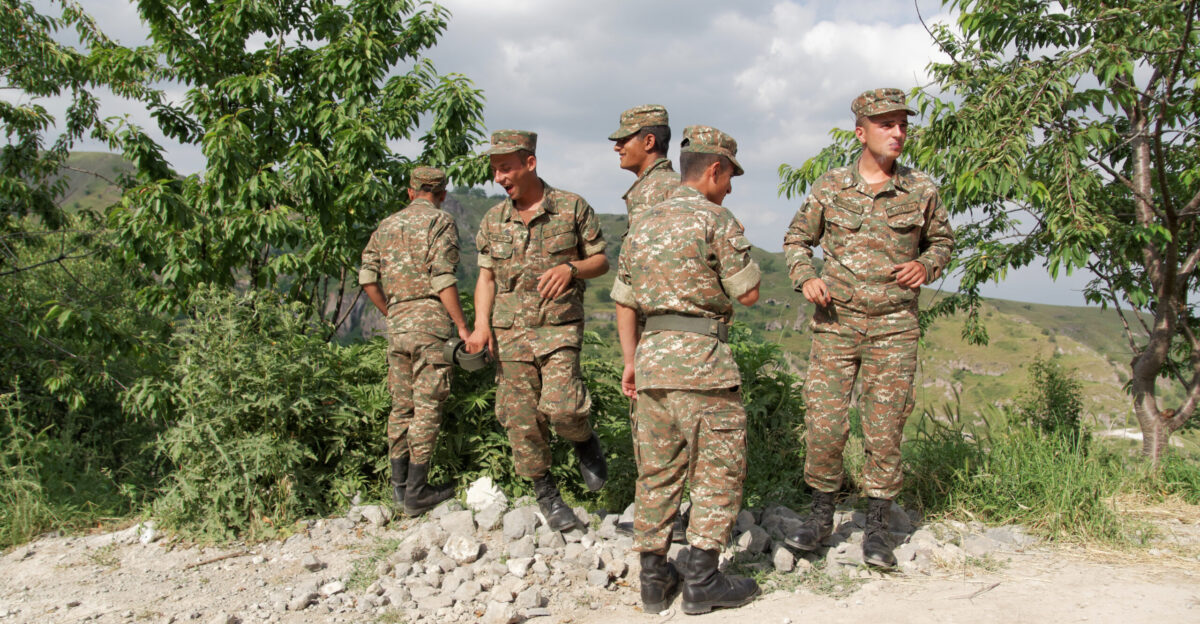
Military analysts express skepticism about the future of Russia’s maritime patrol capabilities following the loss of the Be-12 and subsequent internal shakeups. With fewer resources and aging technology, experts doubt Russia’s ability to project power effectively in the Black Sea.
An anonymous military expert noted, “The Be-12 loss is a symbol of a deeper problem; they are on the brink of losing any functional edge they once had in the region.” As Russia reconsolidates its forces in light of outdated strategies, the need for innovative approaches becomes increasingly critical to navigating future operational challenges.
A New Era

The destruction of the Be-12 aircraft signifies a pivotal moment in the ongoing conflict between Russia and Ukraine and reflects broader trends in military strategy and capability. As both nations grapple with evolving tactics, the implications of such losses extend far beyond the battlefield, affecting operational capacity and leadership confidence.
The historic nature of this strike raises questions about the future of Russian military aviation, as well as the geopolitical stability in the Black Sea region. This incident serves as a reminder of the rapidly changing dynamics of modern warfare, underscoring the importance of adaptability in a volatile landscape.